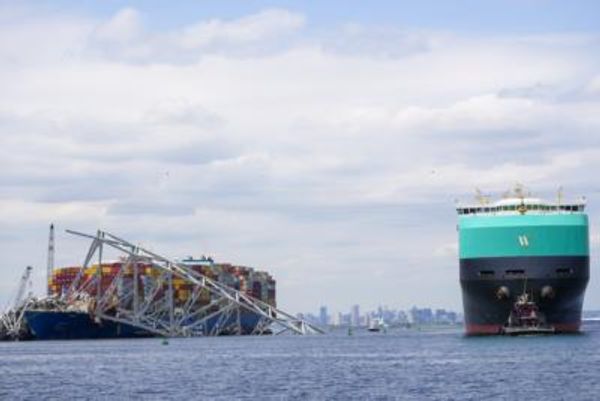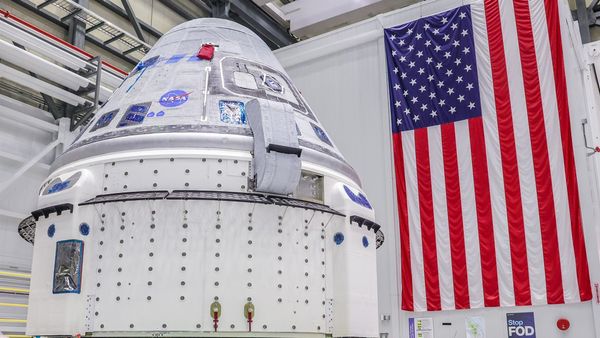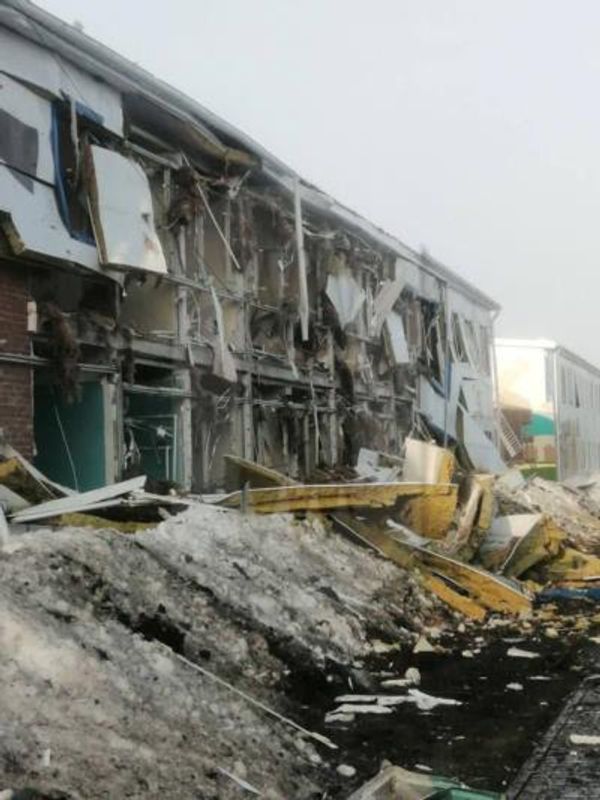
Also Read: This is how Mars looks: NASA James Webb Space Telescope images are here
Upon its launch, the crew capsule atop the rocket will be the first to orbit the Moon in fifty years. The splashdown of the $4.1 billion mission in the Pacific should take place after more than five weeks. In 2024, humans will board for the second test flight and circle the Moon quickly. Two astronauts would really set foot on the Moon during the third mission, which is planned for 2025.
The first two launches, as well as previous countdown testing, were unsuccessful due to hydrogen leakage. NASA's limit was more than doubled when hydrogen escaped during the countdown earlier this month. Wednesday's spill nearly reached that level once more.
Also Read: Moon mission: NASA launches satellite as small as a microwave oven
The day-long demonstration had hardly started when, despite new seals and other fixes, dangerous hydrogen fuel started escaping at the same location and at the same time as before. In an effort to fix the leak, engineers stopped the flow, warmed the lines, and then carried out the test. But the leak remained before declining to a level that was tolerable. After several hours, a new leak appeared somewhere else.
There was no immediate information on whether NASA would try to launch on September 27 due to the unpredictable nature of the hydrogen leaks, which have troubled the launch team for months. According to Derrol Nail of Launch Control, the most recent issue has left a lot of people perplexed.
Also Read: NASA's Moon mission starts today: All you need to know
According to Nail, all test goals were achieved. However, before the 98-metre rocket can launch on its first test flight, a lunar orbiting mission using mannequins instead of astronauts, managers must evaluate the outcomes.
NASA ultimately succeeded in fitting roughly four million gallons of fuel into the rocket after hours of fits and starts. It was unclear if the previous gusher would cancel a launch attempt on Tuesday. Separately, NASA is still waiting for the American Space Force to extend the certification of the on-board batteries that are a crucial component of the flight safety system.
After the September 3 launch delay, NASA replaced two seals in the leaky line. One seal had a tiny indentation; it measured a mere one-hundredth of an inch. Although that doesn't sound like much, mission manager Mike Sarafin explained that it pertains to hydrogen, the lightest element in the periodic chart.
(With agency inputs)







